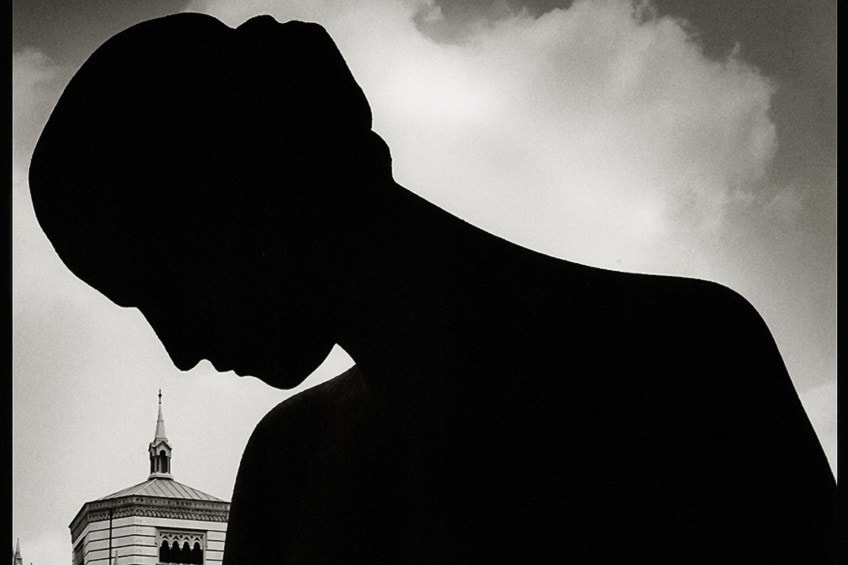Fine art is a form of visual art intended to be appreciated entirely for its imaginative and visionary content. Photography has developed over many years, and there has been a shift in how we understand it as an art form. The field of photography has expanded significantly, and in today’s society, anything that has artistic intent behind it, whether that be abstract, portrait, or landscape photography, will be considered fine art.
Whether photography should be considered a ‘fine art’ is a topic that has been debated for hundreds of years. Both sides have strong arguments, and it’s important to recognize all these factors when forming an opinion.
Lorenzo DeStefano is an American photographer with expertise in other areas, including playwriting, screenwriting, novelist, producing, and directing. He has worked in the U.S. and U.K. Theater, writing fiction, non-fiction, original screenplays, and adaptations. A member of the Directors Guild of America, he has produced and directed network series, documentaries, and narrative films.
“Fine art photography is the intentional use of photography as your artistic medium of choice, used to further your conceptual idea,” explains professor and photographer Ariel Wilson. That distinction sets fine art photos apart from images quickly snapped on a camera.
Tips for fine art learning:
Learn your tools.
To create great fine art photos, you need to understand the tools at your disposal. Knowing the intricacies of the depth of field, focal length, and shutter speed, you can use those tools to convey your ideas better. Get a handle on using your camera and test different settings.
Change your perspective.
Mixing up how you create your images can help you elevate your ideas and find a new perspective. Try photographing a mundane object 100 times to see the different views and visuals you can create. While 95 percent of those images may be useless, you’ll better understand your tools, and you can end up with five very interesting photos. If you’re used to shooting in color, try creating black-and-white photographs for a change.
Master the art of composition.
When you understand the rules of composition, like the rule of thirds, you can then intentionally break those rules to convey your ideas further. The next time you’re doing a photoshoot, take some extra shots at odd or exciting angles. By comparing the images that either follow or break standard composition rules, you can find new ways to draw focus or communicate ideas.
Focus on your interests.
The best fine art happens when artists explore the topics they’re passionate about. “Fine art photos can acknowledge the politics of representation and materiality,” notes Wilson. As the artist, it’s up to you what ideas you want to pursue and explore, but it’s easier to create worthwhile work when those ideas are important to you.
As we talked about DeStefano above, he is one of the most known and appreciated fine art photographers and knows the power this title holds, which is why he uses his talent to benefit others around him. Some of his work as a photographer is mentioned below.
DeStefano began as a teenage street photographer in Honolulu, chronicling the diverse, multicultural island life where he grew up. His early black & white thematic work included “Rest Homes Hawai’i” and “Leahi Hospital – Children’s Ward.”
He continued to freelance in California before turning his attention from still photography to film. He credits his journeys to Cuba starting in 1993 with reawakening the photographer in him. His traveling exhibition, “Cubanos-Island Portraits” / “Cubanos-Retratos de la Isla,” has been shown extensively in Cuba and New York, Chicago, London, Havana, Los Angeles, and Vancouver.
His Cuba photographs are in the Permanent Collection of MOLAA, the Museum of Latin American Art in Long Beach, California, and the University of Miami’s Cuban Heritage Collection. Lorenzo’s photographs have been licensed for Print, CDs, TV & Film, including HBO’s “Six Feet Under” and the Warner Brothers film “Queen of the Damned.”

